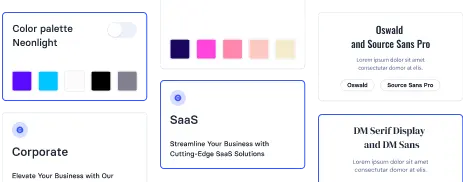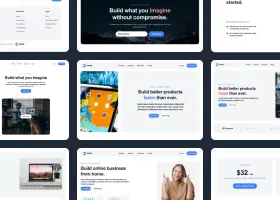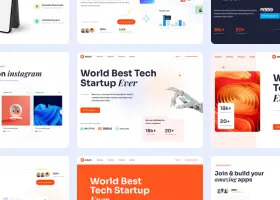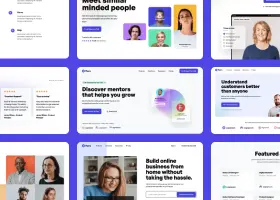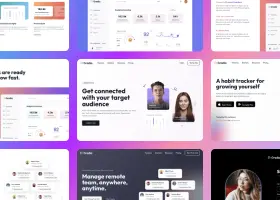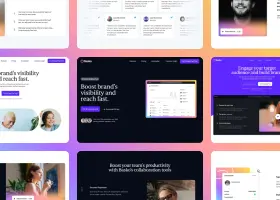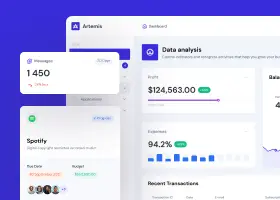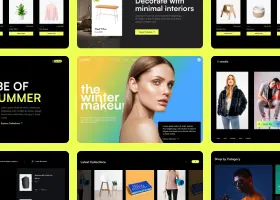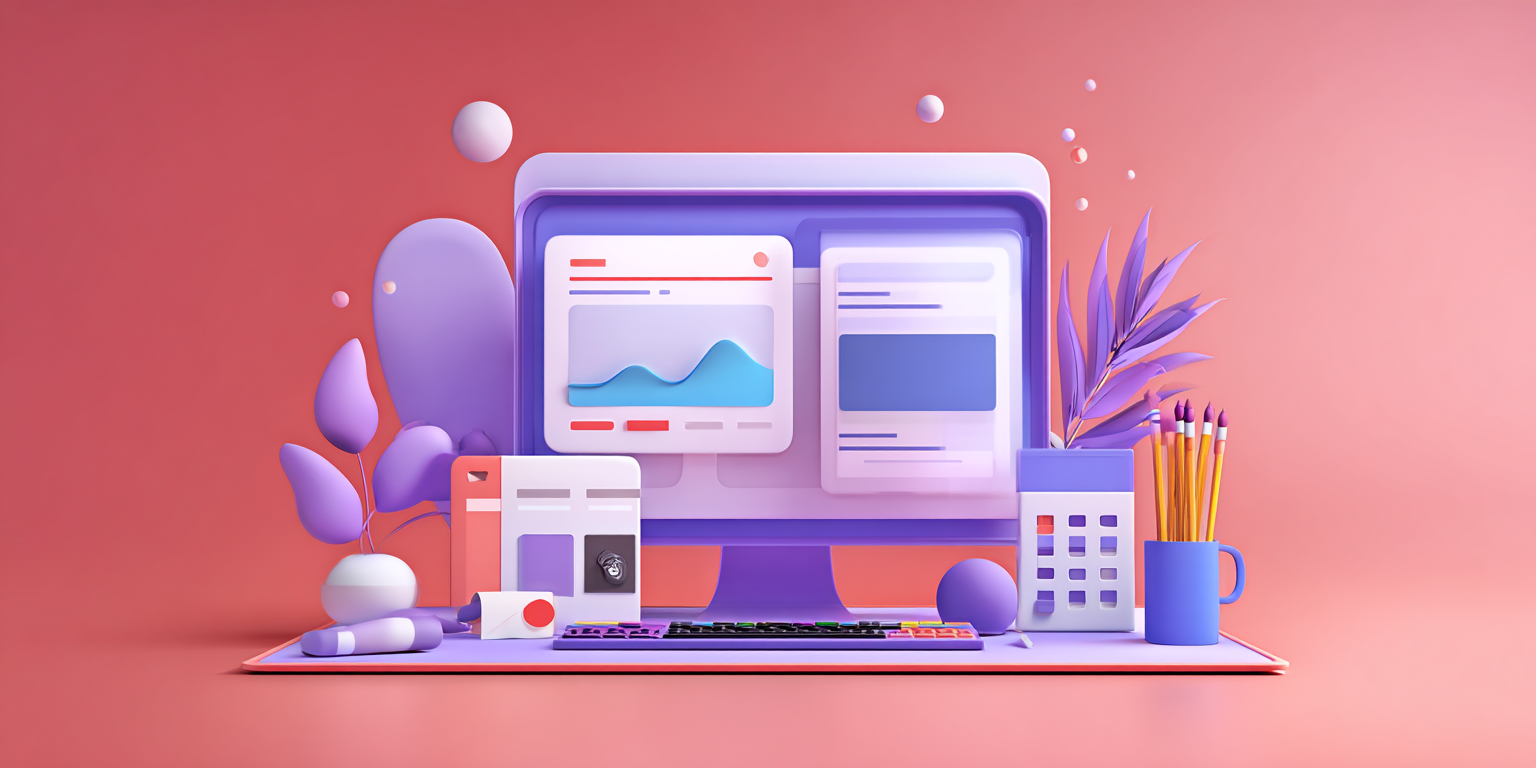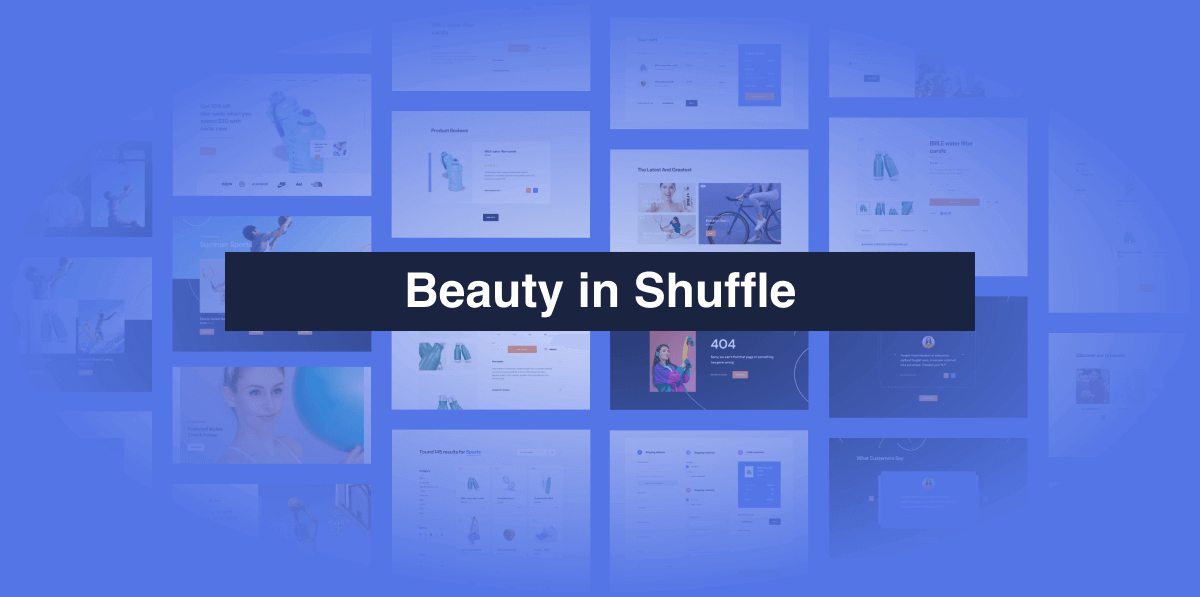Shuffle Embraces Next.js as Default React Export Format

Benedykt Michalski
Inspirational Writer
Big news for React developers: Shuffle is now making Next.js the default export format for React applications. This move marks a significant evolution in how Shuffle’s visual web editor supports modern React development.
Why Next.js? Why Now?
Next.js has rapidly become the go-to framework for React applications, thanks to its unmatched performance, scalability, and ease of use. By switching to Next.js as the default export format, Shuffle is aligning with the most powerful and widely adopted tools in the React ecosystem. This decision is rooted in what developers truly need:
- Better Project Structure: Next.js provides an opinionated yet flexible structure, reducing the complexity of configuration and allowing developers to focus on building features, not fighting with setup.
- Faster Development Start: With built-in support for hot module replacement, automatic code splitting, and a fast development server, Next.js accelerates the time it takes to get from idea to prototype.
- Production-Ready Out of the Box: Next.js comes optimized for production by default. Features like static optimization, image optimization, and performance monitoring ensure that developers get enterprise-quality applications without the complexity.
What This Means for Shuffle Users
For developers and designers using Shuffle’s visual editor, this shift delivers immediate and tangible benefits:
- Cleaner Exports: Your designs now export directly as well-structured Next.js applications, reducing the friction of manual setup.
- Better Performance: Next.js automatically optimizes your site for better loading speeds and overall performance.
- Easier Deployment: Deploying to platforms like Vercel, Netlify, or others is now seamless, making the process faster and less error-prone.
- Future-Proof: By adopting Next.js, you’re building with a widely supported, actively maintained framework that’s built for the future.
This transition enhances Shuffle’s core value while offering developers production-grade quality out of the box. You still get the same intuitive drag-and-drop interface, but now your exports are ready for serious, real-world use.
The Bigger Picture
This move signals our ongoing commitment to staying on the cutting edge of web development. Rather than sticking to basic React exports, we are embracing the frameworks that real professional developers use daily. It’s also a recognition of the blurring lines between “visual builders” and “professional development tools.” No-code and low-code platforms today must integrate seamlessly into existing development workflows to remain relevant.
We are actively seeking feedback from the community to further refine and enhance this feature! As always, the goal is to make web development more accessible while providing the tools needed for high-quality, professional outcomes.
